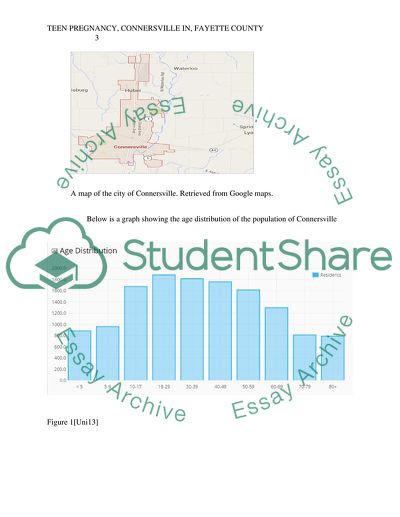Cite this document
(“Aggragate at Risk, Teen Pregnancy, Connersville IN, Fayette County Essay”, n.d.)
Retrieved from https://studentshare.org/nursing/1698295-aggragate-at-risk-teen-pregnancy-connersville-in-fayette-county
Retrieved from https://studentshare.org/nursing/1698295-aggragate-at-risk-teen-pregnancy-connersville-in-fayette-county
(Aggragate at Risk, Teen Pregnancy, Connersville IN, Fayette County Essay)
https://studentshare.org/nursing/1698295-aggragate-at-risk-teen-pregnancy-connersville-in-fayette-county.
https://studentshare.org/nursing/1698295-aggragate-at-risk-teen-pregnancy-connersville-in-fayette-county.
“Aggragate at Risk, Teen Pregnancy, Connersville IN, Fayette County Essay”, n.d. https://studentshare.org/nursing/1698295-aggragate-at-risk-teen-pregnancy-connersville-in-fayette-county.


